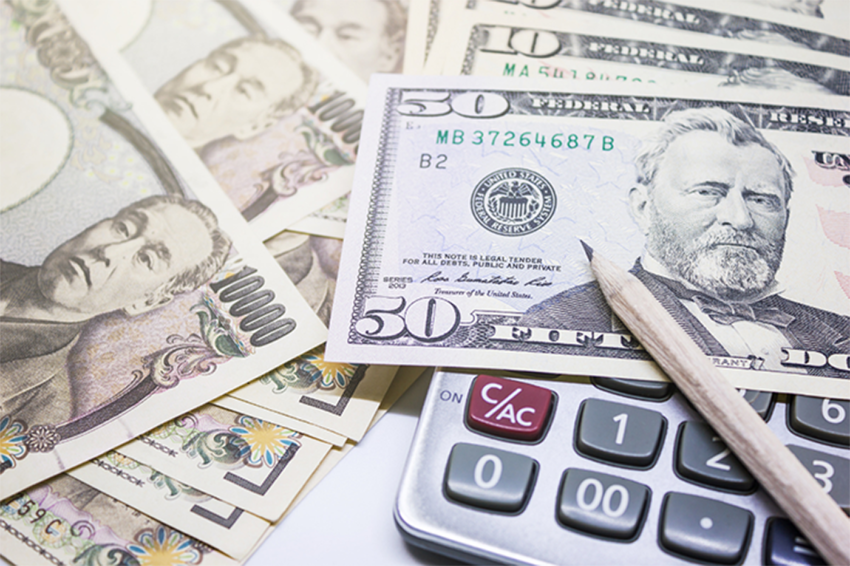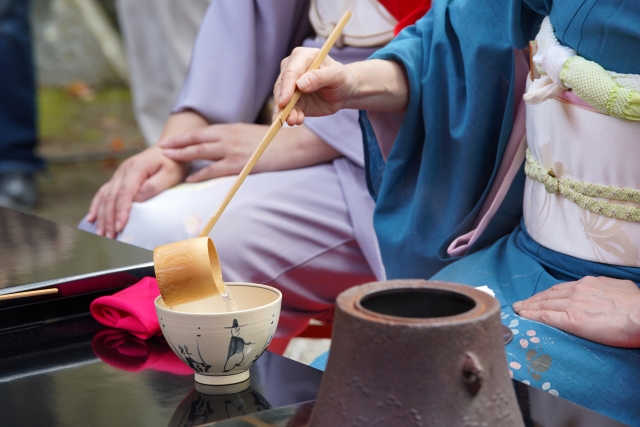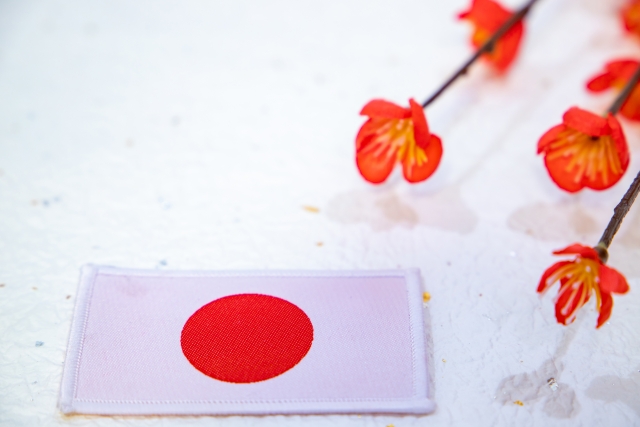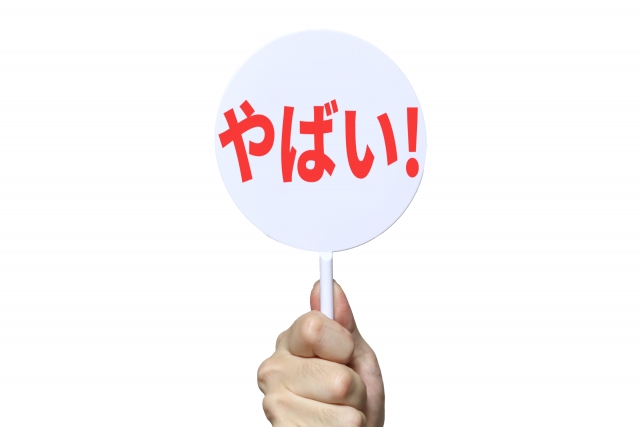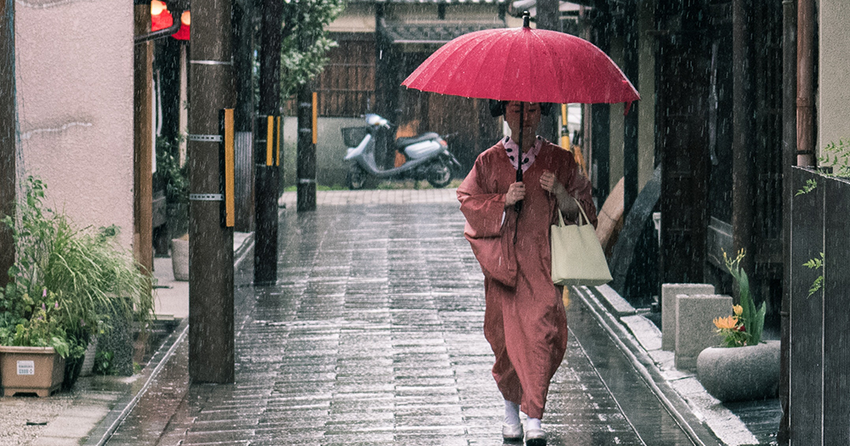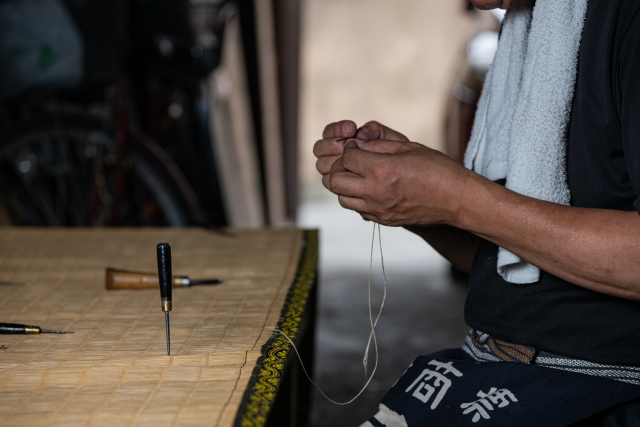日本の天気予報で雨量や風速を表現する際には、mm/h(ミリメートル毎時)が一般的に使用されます。
降雨量
mm/hは、1時間の降雨量をミリメートルで示しています。しかし、例えば35mm/hと言われても、1時間で35mm(= 3.5cm = 1.36インチ)の雨が多いのか少ないのか、分かりにくいことがあります。そこで、雨量の目安を以下に示します。
~ 15mm: やや強い雨(雨の音が聞こえる)
~ 20mm: 強い雨(水たまりができる・雨の音で話が聞きづらい)
~ 30mm: 激しい雨(どしゃ降り・傘をさしていても濡れる)
~ 50mm: 非常に激しい雨(バケツをひっくり返したような雨)
日本では、以下のような場合に気象庁が警報を発令します。
大雨注意報
- 3時間の雨量が40㎜以上で、1時間の雨量が20㎜を超え、総雨量が50㎜になると予想される場合、または
- 平地で24時間の雨量が70㎜以上、山地で24時間の雨量が100㎜以上になると予想される場合
大雨警報
- 1時間に40㎜以上の雨が予想される場合、または
- 総雨量が100㎜以上になると予想される場合、または
- 3時間に70㎜以上の雨が予想される場合、または
- 平地で24時間の雨量が150㎜以上、山地で24時間の雨量が200㎜以上になると予想される場合
洪水注意報
- 1時間の雨量が30㎜以上になると予想される場合、または
- 3時間の雨量が50㎜以上になると予想される場合、または
- 24時間の雨量が100㎜以上になると予想される場合
洪水警報
- 1時間に40㎜以上の雨が予想され、総雨量が100㎜以上になると予想される場合、または
- 3時間に70㎜以上の雨が予想される場合、または
- 平地で24時間の雨量が150㎜以上、山地で24時間の雨量が200㎜以上になると予想される場合
これで、日本の天気予報や台風情報を見る際に、雨量に関する情報が分かりやすくなりましたか。この内容は日本人でも知らない人が多いと思います。
Source: https://www.bo-sai.co.jp/typoon.htm
How Japan Measures Rainfall
In Japan, we commonly use millimeters per hour (mm/h) to measure rainfall and wind speed in weather forecasts.
Rainfall
Mm/h expresses the amount of rainfall in millimeters per hour. However, sometimes, it’s difficult to know whether 35 mm (= 3.5 cm = 1.36 inches) of rain in one hour is too much or too little, even if they say there will be 35 mm/h, for example. Therefore, the following is a rough estimate of rainfall.
~ 15 mm: Slightly heavy rain (you can hear rainfall)
~ 20 mm: Heavy rain (puddles form and it’s hard to hear what you’re saying because of how loud the rainfall is)
~ 30 mm: Heavier rain (pouring so much that you’ll get wet even if you have an umbrella)
~ 50 mm: Very heavy rain (like an overturned bucket)
In Japan, the Japan Meteorological Agency issues warnings for the following
heavy rain advisory:
- Three-hour rainfall is 40 mm or more, one-hour rainfall exceeds 20 mm, and total rainfall is expected to reach 50 mm; or
- When 24-hour rainfall is expected to reach 70 mm or more in flat areas and 100 mm or more in mountainous areas.
Heavy Rain Warning
- Rainfall of 40 mm or more per hour is forecasted, or
- Total rainfall is expected to reach 100 mm or more, or
- Rainfall of 70 mm or more is forecasted in 3 hours, or
- Rainfall is expected to reach 150 mm or more in 24 hours in flat areas and 200 mm or more in 24 hours in mountainous areas.
Flood Alert
- When one-hour rainfall is forecast to reach 30 mm or more, or
- Rainfall in three hours is expected to reach 50 mm or more, or
- Rainfall in 24 hours is expected to reach 100 mm or more.
Flood Warning
- When rainfall of 40 mm or more is forecasted in one hour and total rainfall is expected to reach 100 mm or more, or
- Rainfall of 70 mm or more is expected in three hours, or
- When rainfall is expected to be 150㎜ or more in 24 hours in flat areas and 200㎜ or more in 24 hours in mountainous areas.
Now, when you look at Japanese weather forecasts or typhoon information, it will be easier to understand the information about rainfall. I think there are many Japanese people who don’t know this information.
Source: https://www.bo-sai.co.jp/typoon.htm
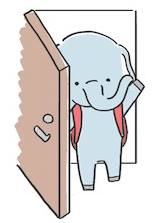
sign up for the Japanese-Online Newsletter
__..-・**・-..__..-・**・-.._ あいうえお かきくけこ さしすせそ たちつてと なにぬねの はひふへほ まみむめも やいゆえよ らりるれろ わゐうゑを ん __..-・**・-..__..-・**・-.._
#JapaneseOnline #LearningJapanese #FreeJapaneseLessons #JapaneseVideoLearning #JapaneseAnime #Anime #JapaneseFood #Bloguru

